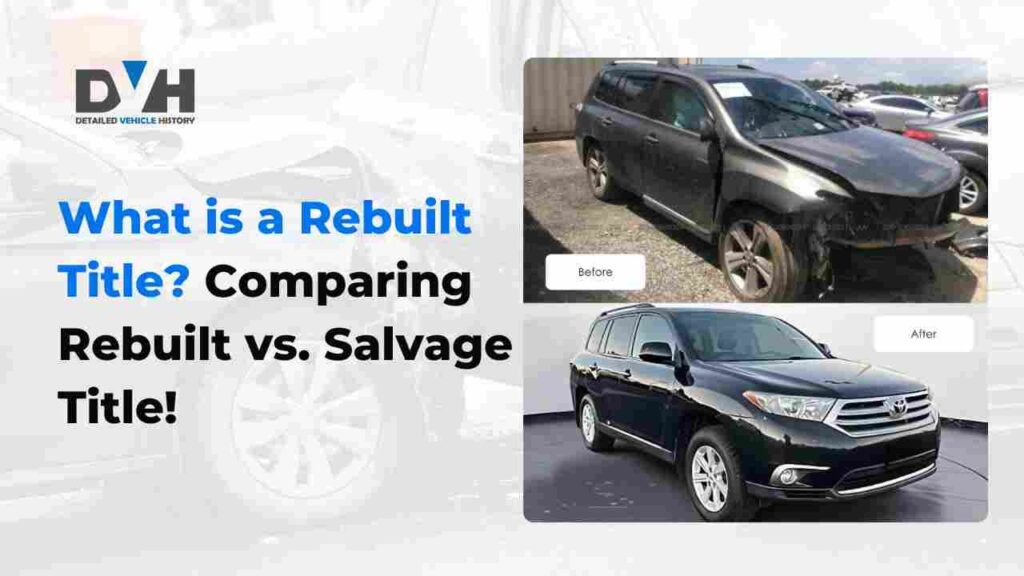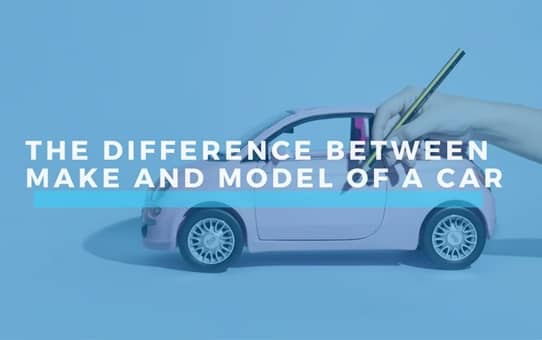
Best Cars for Uber and Lyft Drivers
Choosing the right car for ride-share driving is crucial for improving earnings and ensuring a comfortable experience for both drivers and passengers. In 2025,
You've received DISCOUNT!

Don’t risk getting scammed in the used car market. Use our Scion VIN decoder to accurately verify any car’s specs and history before buying. Lookup any Scion VIN number within seconds.
A Scion VIN decoder is an online tool that reads the 17-digit Vehicle Identification Number of a Scion car. It translates the code to reveal details such as the model, year, trim, engine, and where the car was built.
The free Scion VIN decoder gives quick access to basic information like engine size, body style, and transmission. For deeper details, a Scion VIN check can provide the full vehicle history, including accidents, previous owners, stolen records, service records, recall check, mileage, and more.
To avoid the risks that come with buying a used car, run a Scion VIN check to access the full history and protect yourself from hidden risks. Here’s how it helps:
A Scion VIN check can provide records of past accidents, flood or fire damage, and other serious problems sellers might not mention. This saves you from costly repairs and unsafe cars. It keeps your decision safe and informed.
The Scion VIN report shows mileage records from different times. If the numbers don’t match, it may mean the odometer was rolled back. This protects you from overpaying and makes sure the deal is fair.
The vehicle history report lists details like model year, trim, body type, engine, and features. Buyers can confirm the listing is accurate, while sellers can prove authenticity. This builds trust and shows the car’s true identity.
Checking a Scion VIN number helps run the VIN against theft databases to confirm the car isn’t stolen. This prevents legal trouble, financial loss, or losing the vehicle after purchase. It gives peace of mind that the car is legally yours.
Many insurers and banks need a VIN history before approving coverage or financing. Having the car history ready makes the process faster and smoother. It can also improve your chances of getting approved.
With full history records, you’ll know if the asking price is fair. Clean records support a higher value, while records of any damage lower it. This helps buyers avoid overpaying and sellers avoid underselling, ensuring a fair deal for both.
Decoding a Scion VIN gives you access to valuable information and records about the car. You can view basic specifications for free, or pay a small fee to unlock its complete history report.
A free VIN check is perfect for confirming a Scion’s factory specs. With our free Scion VIN decoder, you can quickly find information such as:
This tool provides access to the VIN report and helps in making an informed decision before buying or selling a Scion.. The Scion VIN check report reveals the following:
To easily access the detailed vehicle history report, follow these simple steps:
Type or copy the 17-digit VIN into the search form above. Our VIN decoder also works for classic cars made before 1981, and with 5–14 digit VIN numbers.
Click the “Search VIN” button to decode the VIN. You’ll see a preview with the car’s basic details like the year, make, model, engine, and transmission.
Complete payment and click “Access Records” to get the full report in seconds. View online or download as a PDF for easy sharing or printing.
The Scion VIN usually has 17 characters and can be found in places such as:

A Scion vehicle with the standard 17-digit VIN is divided into three sections, each giving specific details about the car from the time it was built. Here’s a breakdown of what each section reveals:

The first three digits of a Scion VIN make up the WMI. This part identifies the manufacturer and the country where the vehicle was built, helping you quickly trace the car’s origin.
Digits 4 to 9 form the VDS. It provides details like body style, engine type, safety systems, and model information. The 9th digit acts as a check digit to confirm the VIN’s authenticity.
Digits 10 to 17 make up the VIS. This section reveals the model year, manufacturing plant, and the vehicle’s unique serial number. It’s commonly used for recalls, warranty claims, imports, and ordering correct replacement parts.
Here are other Scion VIN tools to help access more information, like the factory-installed features, recalls, warranties, and more. Here are some:
Get detailed info on original MSRP, features, options, colors, fuel economy, and more.
Lookup any open safety recalls and the details of the recall within seconds
If you don’t have the VIN, also lookup any Scion specs and history by entering the US license plate.
Simply use our free Scion VIN decoder to verify any vehicle specifications like model, engine, trim, transmission, and more.
To check the history of any Scion vehicle, just enter the VIN into our Scion VIN check tool to access all available records, including accidents, liens, title brands, ownership, and more.
Yes, you can verify the accuracy of a VIN number by entering it in our free VIN decoder. This helps to retrieve information, including the engine, transmission, and more.

Choosing the right car for ride-share driving is crucial for improving earnings and ensuring a comfortable experience for both drivers and passengers. In 2025,

Key takeaways: The definition of a rebuilt title is when a car was declared a total loss by an insurance company, but then it

Key takeaways: Make is the manufacturer, while the model is the variant made by the brand. Knowing the car’s make and model is crucial

Don't leave the history behind on your vehicle
Check for accidents, title issues, repairs, and more.